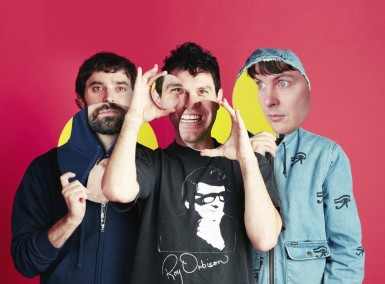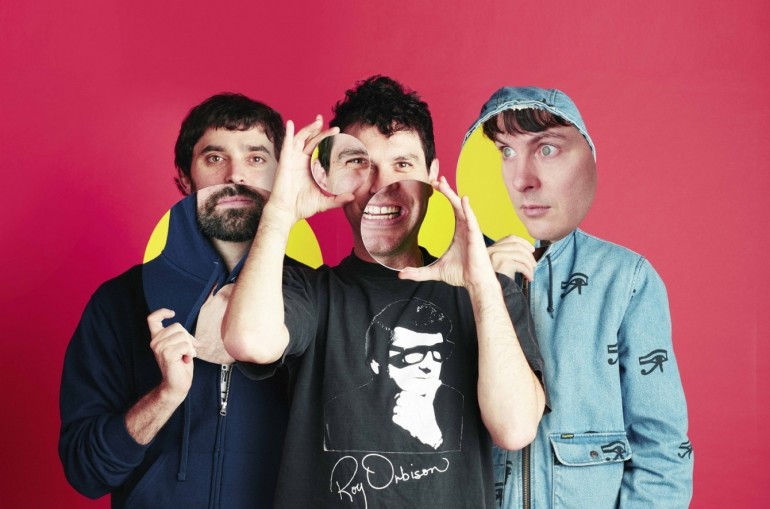
Photo by Tom Andrew
ANIMAL COLLECTIVE have been a band who’s twitching nonsense has flanked my musical existence since the early 2000’s – their first live album had a large foot shaped hole in the CDs jewel case, which was stored carefully on the bedroom floor of my 15 year old self. The subsequent Strawberry Jam was a digital stalwart, more insistent that U2’s pre-instal, insisting on being on every computer I have ever owned since it’s release. I literally can’t get rid of the thing.
Painting With, their new record, recorded in LA on Michael Jackson’s mixing desk in East-West LA, has really got some competition if it wants to even appear next to 15 years of relentless releases. I asked Noah Lennox – PANDA BEAR, and one of the four brains of the COLLECTIVE – what was left to achieve for a band who’s sound has never sat still.
An animal to-do-list
It’s typical for us – from talking about making music in August of last year – everybody started talking about things they wanted to do, or instruments they wanted to use. At the end of the process you can see that only a small handful of that stuff made it through from the beginning to the end.
Certain types of rhythms survived – clodding, crude rhythms. Rhythms that evoke early memories, like cave-people. I always saw this image of people dancing around a fire – I know that sounds a little bit corny, but that was something that was always in my mind. You know, I still see colours of that when I listen to the music.
These colours of tribalism, is something we are all familiar with. If one happens to listen to the aforementioned Hollinndagain, tracks such as Forest Gospel seem to scream crude, colourful, white-boy firedance.
However, as these tracks hit the 7 minute mark, and the late 2000’s brought swathes of synth wizardry into focus, the ‘animal’ consolidated into something more ‘collective’ than previously. Noah told me that this consolidation was ongoing, and that the tribalism they had once expressed more freely, was now expressing itself through more focussed rhythmic groupings, and stomping tin-pan-alley-esque brevity.
We wanted to make really short songs and had never found a way to do that before. We’d always kind of tack a long extended part in the middle, or the end. It’s been really difficult for us to figure out a way to make a 2 or 3 minute song where a lot happens in such a restricted amount of time.
Lennox said that they hoped to try to do something they hadn’t really heard before in the vocals too – an ambitious goal, even for them – going on explaining that Dave (Portner, AVEY TARE) and him ‘went about it in slightly different ways, but ways that compliment each other. Daves are a bit more like ‘this-guy-goes, and then that-guy-goes’. It bounces back and forth. Mine are a similar idea, but a bit more zoomed in – the switching off happens really really quickly. The two kind of create this rhythm, where one voice almost creates a delay to the other, and yet you can tell it’s not a delay because they’re not singing the same notes.’
Rainbows And The Flag
It was in this balance between new executions of old ideas, tribalism pitted hard against futurism, that ANIMAL COLLECTIVE found their sound. It’s something that is seemingly pressing hard on their minds too – an urge to sit both in the canon of experimentalism, and push forward with what music can be in 2016. And yet, the cynical journalistic part of myself couldn’t help seeing the trade-off: long songs and more abstract rhythms, swapped for stomping kicks and 4 minute ‘tunes’. Couldn’t this be faithless? Couldn’t this be sonic treachery? How could they justify this as not just selling out to bigger stages?
I’d be curious to talk about these cave-man beats & tribal pulses. Also, the idea of restricting song length – the longest song on the record is 4 minutes or so…
Noah: Yes! Which probably would’ve been the shortest one on other records.
Is that change motivated through a sense of challenge or are you just playing bigger stages now? Afterall, what you’ve made is no less unique, but it’s sonic ingredients – heavy kicks and 4 minute hooks – are certainly more familiar.
Noah: I think it’s motivated purely by what we’ve been into recently. I know Dave talks a lot about tin-pan alley, and songs from that era – about what a pop song from then meant, and how effective it could be. This was certainly inspirational for us. I’m pretty sure the first RAMONES record was mentioned in texts between Dave and I, where they say ‘I want to make a record like that’. The songs are really short. It’s not that I wanted to make a record that sounded like the RAMONES, it’s just the spirit; there’s this pumped up energy to the thing. Why is that? It’s hard to say. Inspiration can be kind of mysterious. And vague.
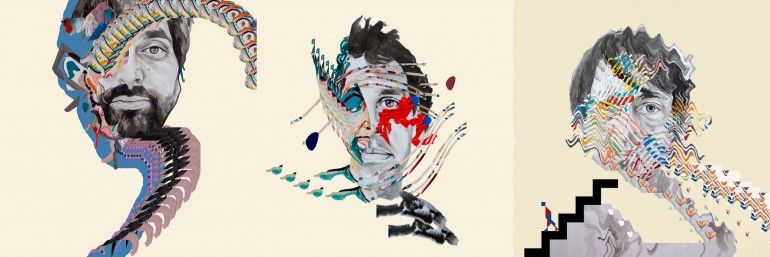
You know: I believe him. I wanted to pin Noah Lennox down and call him soft and a sell-out – but this album isn’t that. It’s violently charming, and colourful to the point of being blinding. It’s like someone with a fistfull of rainbows, each wrapped in the American Flag, relentlessly punching you until you smile. And even though it’s inspiration might be vague and the songs short, it’s still boldly modern and obviously inspired – Bagels in Kiev, at under 3 minutes, is a great example of this.
Following this, we talked about the recording process. It was long, complicated and on reading back, doesn’t make for wonderful magazine writing. To cut a long story short, there were scheduling conflicts in 3 countries that forced them to work in one of the best studios in the world, in Dave’s home-town, LA. How terribly sad for them…
‘Dave didn’t want to record in his home-town, and we find it effective to record where we don’t know anybody – especially where we don’t know ‘the lay of the land’. It becomes sort of a fun adventure to be in a new place, and to explore a new place. We like how that colours the recording process. All that said, some amazing stuff had been recorded in this studio – MARVIN GAYE, FRANK SINATRA, BEACH BOYS – we were really pumped on that side of it. And it sounded great – you can really hear on the record.’
What the DaDa does
After the indulgence of LA studios, and worldwide tours later this month, I wanted to quiz Noah on the actual intent of his record. However DaDa his aesthetic is, their audience follows them with almost religious devotion. I couldn’t believe that their work was incidental and I wondered how someone such as Lennox, a principal lyric writer and therefore preacher to eager ears all around the world, might deal with his podium.
I don’t want to be up on a soap box saying ‘you should believe in this, or you should care about this’ – that’s just not a strong part of my character. I do however know I am trying to write about things that I believe are useful to think about, or might be helpful or positive.
I was listening to that WTF Podcast, Marc Maron does. He just does interviews in his garage with various people, but often they are really really great. You know Michael Moore, who’s got a new film coming out, just did one. [Michael] pointed out that what Marc was doing was super poltical, without seeming to be so. I remember thinking that I hope that’s what our music does too.
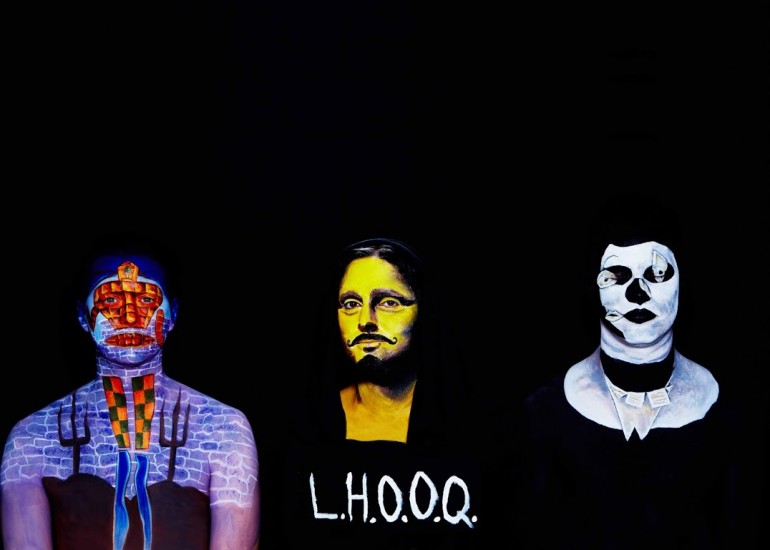
Photo by Hisham Akira Bharoocha / Abby Portner
Back to modernity
This is an topic Noah seemingly can’t seem to leave alone – in this conversation, he always ends up back here, talking about context, or the small valley in the musical landscape he decided to make a record within. He stresses that sound itself can be something modern – savouring a reliance on synths built in 2015, rather than competing with the history of guitar music. ‘There are types of sounds on there that make this record feel very contemporary. They couldn’t have been made any other time – I suppose just through the technology being used. The instruments and technology could only have come from now. Maybe in ten years time this will sound very dated, but I’m ok with that – I only want to make music that sounds like it’s come from now.’ So what are these processes, what are the instruments?
A great example is the OP-1 by Teenage engineering – most of the bass sounds on the record. Those squelchy sounds are super abrasive in a very precise way. … ‘the character of the sound is indicatively now.’ … ‘Also – It might be a very 60’s thing, but these modular synthesisers allows you to pick and choose – to create your own instrument by choosing the sound you want to make. I think that’s a really powerful idea. A lot of that kind of stuff was used on the records.
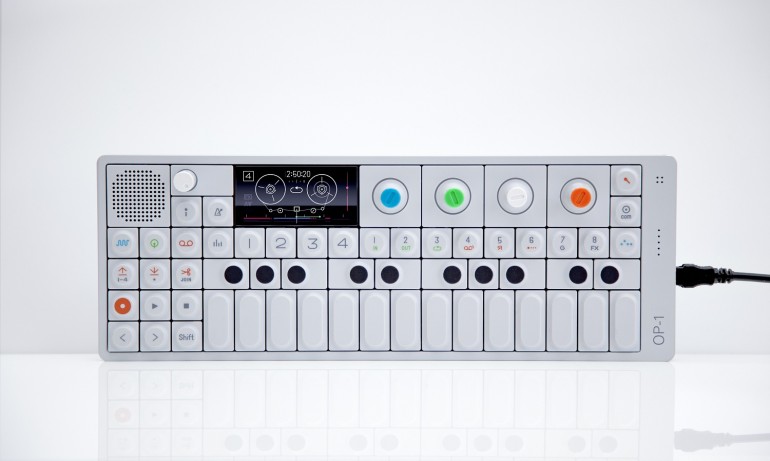
Between us, there was a rapid-fire stutter going back and forth – Noah himself, always talks in small fragmented chunks. You can hear the vocal styling of their records in his everyday speech. That being said, as our conversation closed, he phrased something clearly and eloquently – as though it had been on his mind for a while.
I feel like it’s really difficult to know what ANIMAL COLLECTIVE is right now – I feel that I understand it better when I am five or ten years away from this record. Right now everything is really blurry, but in 6 years time a sense of clarity often appears. You can look back and go, ‘ah, I see where this, this and this all fit together’.
The Tom Boy album that I made a few years ago – I felt at the time that each song was about something specific. 4 or 5 years later, I started to see things in the song that we’re totally going on for me at the time, but I didn’t realise for that it had made it’s way into the music so much. A couple of years later I can say, ‘I was wrong about what I thought that song was about’.
I wasn’t entirely wrong. No, not entirely. But the colour of the thing definitely changes over time. I’m excited to know what this record means to me a few years down the line.
It would seem Painting With is a work they will only understand in half-a-decade. Lord knows what we will make of it then either – perhaps it doesn’t matter. Probably best to just keep an eye on each of it’s colours until then.
—
